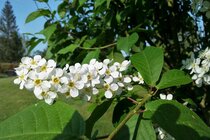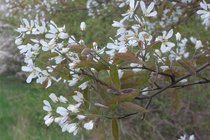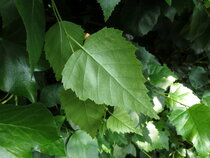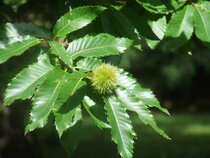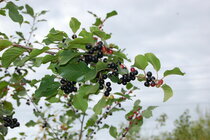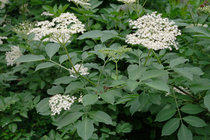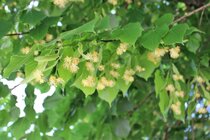Deciduous hedges

Looking for a hedge with a lot of variety? Choose a deciduous hedge!
Deciduous hedges vary throughout the year. Not 100% evergreen hedges are usually characterised by the following features:
- Autumn colouring
- Often abundantly flowering
- Renewing or losing leaves throughout the year
- Protection against strong winds
-
A hedge that brings colour to your garden
Deciduous hedges are often characterised by a typical autumn colouring. Hornbeams, beech hedges and field maples (acer campestre), for example, show a beautiful change of leaves from green to orange-yellow & red.
-
Richly flowering hedge
There are plenty of flowering hedges that provide lots of colour in your garden! Think of the hawthorn hedge! A rich bloom, with white, fragrant flowers in spring and afterwards a huge number of red berries.
-
New foliage every year
In most deciduous hedges, new foliage is formed every year. This means that in autumn and winter the 'old' leaves fall off and new leaves spontaneously form. In a few species, new leaves may only partially form because the old ones remain anyway. These are basically semi-evergreen hedges, but still belong to the deciduous hedges. Ligustrum is an example of this.
-
Protection from strong winds
Just like an evergreen hedge, a deciduous hedge offers good protection against wind. It basically has a filtering function, protecting your garden from strong winds, so to speak.
How and when do I best plant my deciduous hedge?
Deciduous plants are mainly offered in root ball or bare root. The best period to plant this type of greenery is both spring and autumn. Usually, the planting period starts in spring from mid-October and runs through April/May. The length of the planting period depends somewhat on the weather and temperatures. Non-wintergreen hedge plants can also be purchased in pots. This means that they are grown in pots and can be planted all year round. Only in case of severe frost can they not be planted.How do I prune my non-leafy hedge?
In principle, you can trim the longest branches of the plant after planting. The best way to keep your hedge properly trimmed is an annual pruning starting in June. There are hedges that need and/or tolerate a 2nd pruning.
Want to buy a deciduous hedge? Any questions?
Feel free to contact us if you have questions about care, planting or any other questions!
